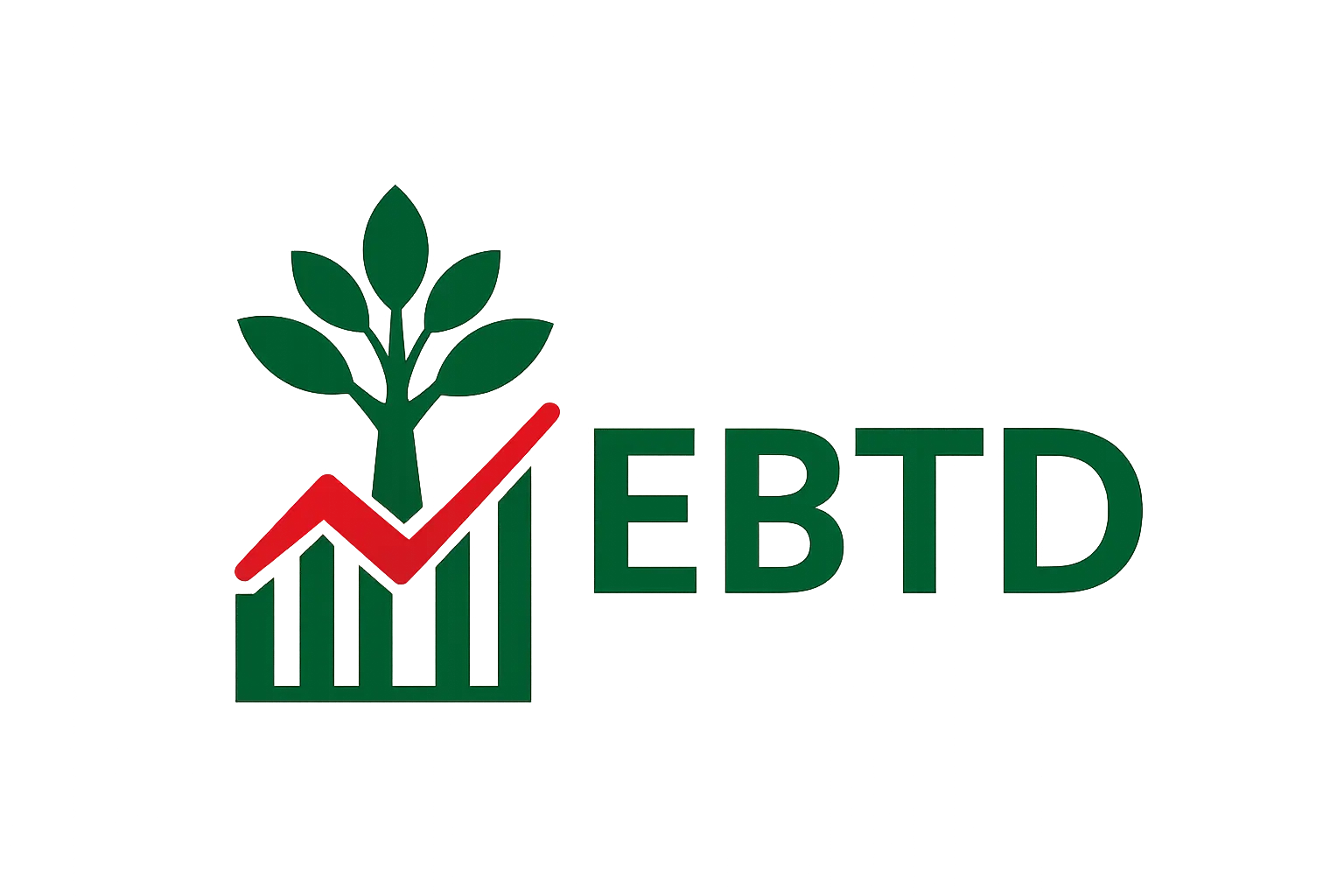BRIDGE: Leadership Self-Review Framework
Introduction to Leadership Review
Effective leadership shapes everything that happens in a school — not only what is taught, but how people work together, learn from each other, and sustain improvement over time. Leadership is about direction and culture: the daily choices that build trust, motivation, and clarity of purpose. When done well, it creates the conditions for great teaching and confident, compassionate learners.
Drawing on international research and adapted for schools in Bangladesh, this section supports calm, non-judgemental reflection on how leadership at all levels — headteachers, deputy heads, middle leaders, and teacher-leaders — ensures that vision becomes practice. The focus is not on inspection or evaluation, but on thoughtful self-review: noticing patterns, questioning habits, and aligning everyday actions with long-term goals.
The BRIDGE Leadership Framework helps schools review and strengthen leadership practice across six connected clusters:
🌟 Vision, Values & Strategic Direction – communicating a shared purpose that balances academic achievement with pupils’ wider personal and social development.
📘 Leading Teaching & Learning – supporting curriculum quality, pedagogy, and professional dialogue across subjects.
🌿 Staff Development & Well-Being – investing in teacher growth, mentoring, collaboration, and care for staff welfare.
📊 Use of Evidence & Data – applying school data and educational research to guide decisions and evaluate impact.
🧭 Middle Leadership & Distributed Responsibility – empowering subject and year leaders to take ownership of improvement.
🤝 Community & External Partnerships – building constructive relationships with parents, local organisations, and education partners.
How to Use This Review
Each cluster offers a space for constructive, evidence-informed reflection rather than judgement. Leaders can:
- Begin with the cluster that best matches current priorities — for example, strengthening middle leadership or improving staff development systems.
- Involve teachers and support staff — leadership culture grows when everyone feels trusted to contribute.
- Combine insights from across clusters to form a coherent plan linking vision, teaching quality, and community engagement.
Each cluster includes:
🔎 Evidence Review – explaining what the cluster means and why it matters.
🧪 Active Ingredients (Non-Negotiables) – essential practices that drive effective leadership.
🧭 Self-Evaluation Questions – prompts for discussion and reflection.
📊 Exemplar Table – a model for capturing findings and next steps.
📥 Download Template – a Word version to adapt for your school context.
Principles for Meaningful Review
🏫 Purpose with clarity: Leadership is most effective when it translates shared values into consistent, day-to-day practice.
👥 People before process: Great leaders invest in relationships — motivating, mentoring, and listening to their teams.
📚 Learning leadership: Reflective leaders model curiosity, openness, and use of evidence to guide decisions.
🤝 Shared responsibility: Improvement is collective — distributed leadership builds ownership and resilience.
🌍 Local strength: Schools in Bangladesh can draw on deep community ties, cultural values, and teamwork to shape strong, ethical leadership.
Together, these clusters help leaders reflect on how their choices, communication, and culture shape both staff and student success — guiding every school towards a more purposeful, supportive, and evidence-informed future.
